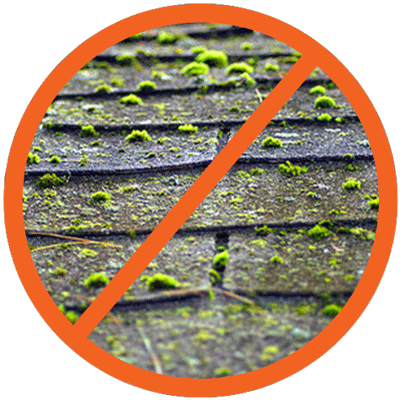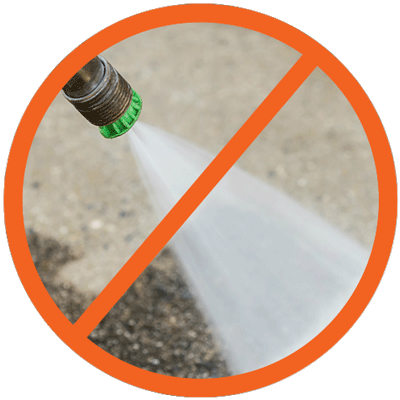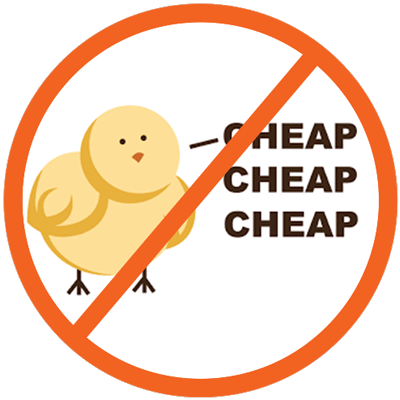Detecting A Problem
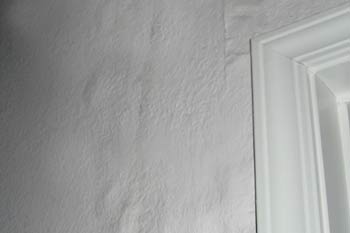 Most often, the obvious presence of water is the first sign of a roof leak; however, with some basic investigating, other telltale signs can be uncovered in time to prevent a costly disaster. These indicators include smells, such as a musty odor in specific parts of the house, bulges appearing on your walls, indicating a collection of water, the appearance of water stains on the ceiling, and obvious damage to the roof, like broken or missing roof shingles. If you do find evidence of a possible leak, the next step is to find out where the leak originated. The following are different steps you can take to investigate and detect where the roof is leaking. We do not suggest that you get on the roof yourself. For safety reasons and to not further damage your roof, we recommend you contact a professional roofer. For an expert roof leak detection call AKVM to inspect your roof.
Most often, the obvious presence of water is the first sign of a roof leak; however, with some basic investigating, other telltale signs can be uncovered in time to prevent a costly disaster. These indicators include smells, such as a musty odor in specific parts of the house, bulges appearing on your walls, indicating a collection of water, the appearance of water stains on the ceiling, and obvious damage to the roof, like broken or missing roof shingles. If you do find evidence of a possible leak, the next step is to find out where the leak originated. The following are different steps you can take to investigate and detect where the roof is leaking. We do not suggest that you get on the roof yourself. For safety reasons and to not further damage your roof, we recommend you contact a professional roofer. For an expert roof leak detection call AKVM to inspect your roof.
Inspect the Attic
To discover the origination point of a leak, head up to the attic and look for light where there shouldn’t be any; if you can see daylight, you’ve found a potential spot for water to access the home. In some cases, you may only need to apply a bit of caulk to seal windows or small gaps. You can also check around the attic walls for spots or streaks of mold or obvious wet spots. Signs of wetness will be amplified in times of heavy or prolonged rain; however, it’s not necessary for it to be raining to spot a leak.
If you see signs of leaking, it’s time to call an expert to perform a deeper inspection. Inspections should be done at least once but preferably twice per year, but don’t wait if you have suspicions of a leak between inspections.
Regular inspections give homeowners the opportunity to repair small problems in a timely manner, before they compound and cause major damage. Use this checklist to perform your own inspection or call a roofing expert to schedule a professional inspection.
Mitigate The Damage
Even when homeowners are careful and thorough, things can and do happen. Severe weather, high winds, broken tree limbs, insects and rodents can all be culprits of a sudden unexpected leak. How the situation is handled is important. As soon as a leak is apparent, steps should be taken immediately to mitigate as much water damage as possible. Move vulnerable belongings out of harm’s way; if the items cannot be moved, cover them with protective plastic sheeting or tarps to keep them as dry as possible.
Use a bucket, large pot, bin or other container to catch dripping water. Check the walls and ceiling for bulging or bubbling, which may occur when water is collecting underneath the paint. Carefully puncture the bubble to drain the water into a container.
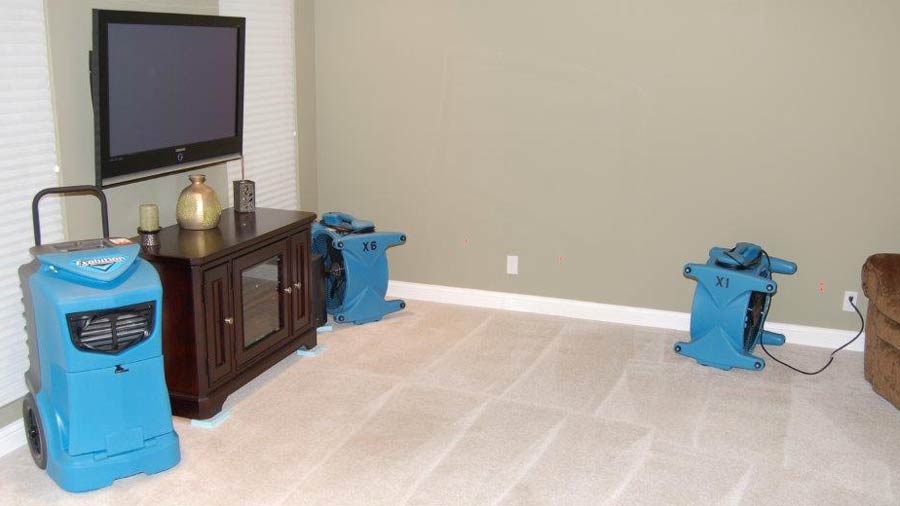
Dry any furniture, wood, or surfaces with dry towels as soon as the leak is under control. Pooling, puddling, or standing water can stain the surfaces, and more importantly, cause mold growth, so drying as thoroughly as possible is important.
In the instance of saturated carpets, pull the carpet up and apart from the padding, then use fans to circulate the air and dry the carpet and padding. If the damage is too significant, call a professional water restoration company.
Contact Your Insurance Company
Call your insurance company right away to start the claims process. Your policy may or may not cover water damage; your insurance company will send an adjuster to provide claim coverage information.
Roof replacement and the twenty-five percent rule
Florida’s state law says that if your roof is partially damaged, but the roofing materials originally used are no longer available, you might qualify for a new roof. Moreover, if 25% or more of the roof needs repair or replacement within a 12-month period, your home may automatically qualify for a new roof in order to conform with the building code. There are variances depending on how your property is zoned, so it is important to know what rules apply to your home when dealing with the insurance company.
Rebuild
A licensed roofing company should be contacted whenever your roof shows signs of damage; even a seemingly small issue should be professionally assessed and repaired. Before work begins, make sure your roofing contractor is licensed and insured, and will obtain and provide you with proof of all required permits. The contractor should also provide information regarding what you can do to maintain your roof, as well as warranty details and answers to any questions you might have. They should also agree that the work is not complete until the roof passes inspection and is considered up to code.
Prepare For The Future
Routine maintenance can help prevent future damage as well as lower your home insurance rates. As the roof is one of the largest and most important features of a home, it’s well worth the time it takes to perform basic checks on a semi-annual basis to ensure the safety and integrity of the structure. Additionally, your insurance company expects that you will conduct these regular inspections and have the roof replaced when it becomes damaged or worn. Once the roof begins to age – around 20 years or so – your insurance company may begin to insist that you replace it in order to continue receiving insurance coverage on your home, and may be entitled to drop your coverage once the roof surpasses the 20-year mark. By replacing or upgrading your roof, you’ll not only keep your coverage, you also may qualify for a discount on your premiums.
Take Preventative Measures
To ensure that a minor problem doesn’t become out of control, take steps to keep your roof in good condition.
- Trim overhanging tree limbs. Low-hanging branches can scrape against the roof’s surface, causing damage over time. Additionally, falling tree limbs can punch holes in your roof and even act as a route for rodents and insects to enter your home through the roof. Your insurance company may require you to trim your trees if they feel that they present a potential danger.
- Keep gutters in good repair. Leaves and other debris can collect in your gutters and clog downspouts, creating a spot for water to gather. Clearing the gutters with a garden hose will prevent clogs and keep the downspout clear of obstructions. Also look for signs of cracking, rust, sagging or damaged fasteners or seals and replace as needed.
- Inspect flashings and pipe collars. Broken chimney and vent flashings and pipe collars could lead to leaks; checking them regularly allows you the opportunity to have them repaired or replaced before a leak begins or worsens.
Request A Free In-Person Roof Evaluation
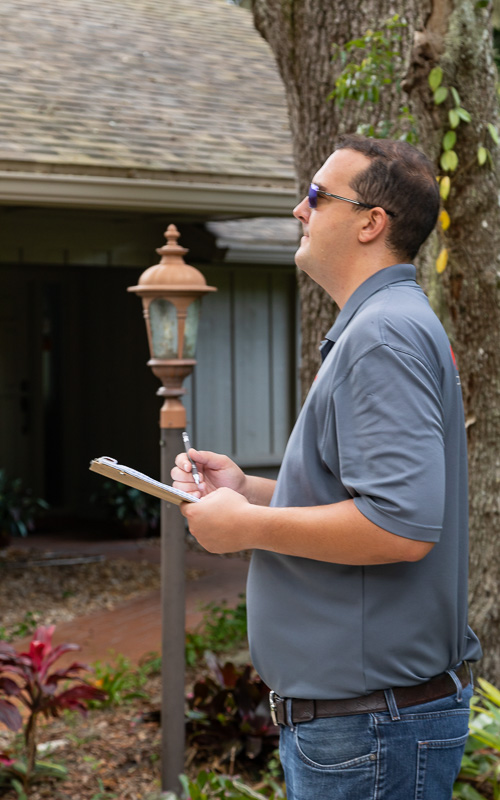



 Most often, the obvious presence of water is the first sign of a roof leak; however, with some basic investigating, other telltale signs can be uncovered in time to prevent a costly disaster. These indicators include smells, such as a musty odor in specific parts of the house, bulges appearing on your walls, indicating a collection of water, the appearance of water stains on the ceiling, and obvious damage to the roof, like broken or missing roof shingles. If you do find evidence of a possible leak, the next step is to find out where the leak originated. The following are different steps you can take to investigate and detect where the roof is leaking. We do not suggest that you get on the roof yourself. For safety reasons and to not further damage your roof, we recommend you contact a professional roofer. For an expert roof leak detection call AKVM to inspect your roof.
Most often, the obvious presence of water is the first sign of a roof leak; however, with some basic investigating, other telltale signs can be uncovered in time to prevent a costly disaster. These indicators include smells, such as a musty odor in specific parts of the house, bulges appearing on your walls, indicating a collection of water, the appearance of water stains on the ceiling, and obvious damage to the roof, like broken or missing roof shingles. If you do find evidence of a possible leak, the next step is to find out where the leak originated. The following are different steps you can take to investigate and detect where the roof is leaking. We do not suggest that you get on the roof yourself. For safety reasons and to not further damage your roof, we recommend you contact a professional roofer. For an expert roof leak detection call AKVM to inspect your roof.
